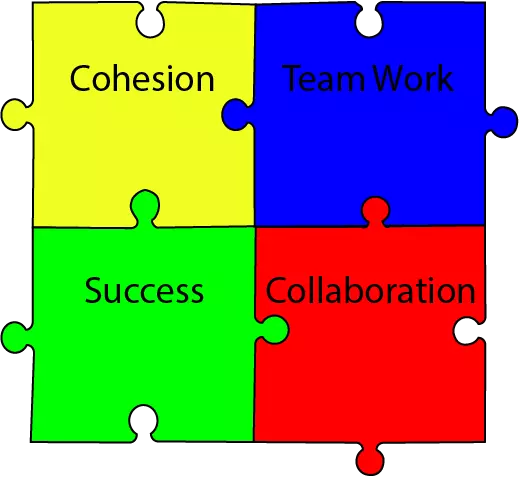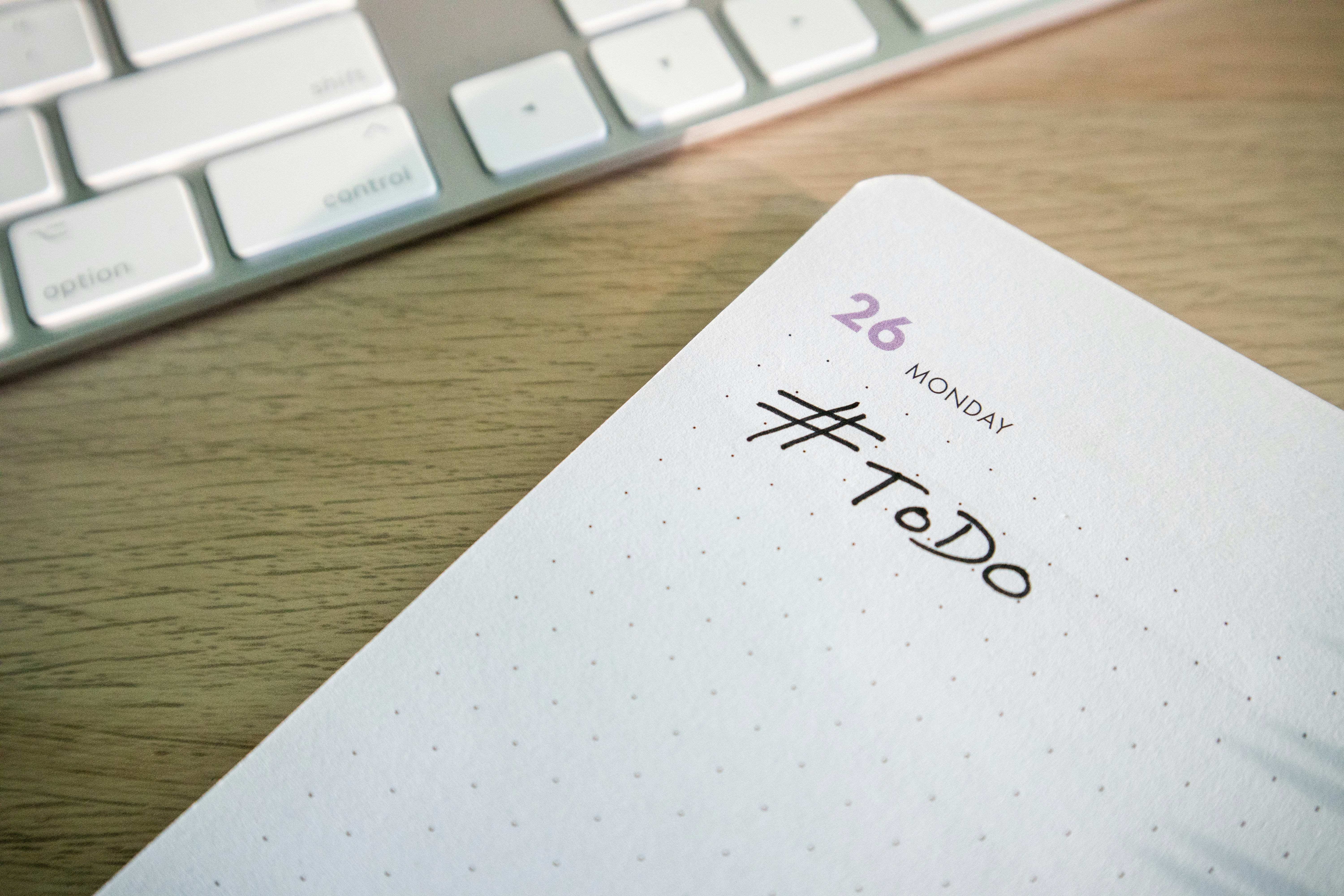Discover How the Gantt Chart Can Transform Your Project Planning!
What is a Gantt Chart?
A Gantt chart is a visual project management tool that helps you plan, organize, and track the progress of your tasks by representing each task as a horizontal bar on a timeline.
What is a Gantt Chart Used For?
- Organize and plan: distribute tasks clearly and precisely over time.
- Track progress: visualize the status of each task (ongoing, completed, upcoming).
- Manage resources: optimize team members' work by distributing tasks effectively.
- Identify dependencies: determine which tasks depend on others to start.
- Milestones: identify key project points like "Walls constructed" or "Start of testing."
- Buffer times: plan for unexpected delays or setbacks with buffer periods.
How to Create a Gantt Chart?
1. List all the tasks
Identify each step of your project to list all the tasks necessary for its completion.
Example (organizing a party)
- Define the theme and date
- Create the guest list
- Book the venue
- Plan the decorations
- Order the catering
- Send the invitations
2. Estimate the duration of each task
Assign an estimated time for each task to determine the length of the bars on your Gantt chart.
- Example: "Define the theme and date" : 5 days, "Send invitations" : 10 days.
3. Define the dependencies
Identify tasks that must be completed before other tasks can start.
- Example: "Book the venue" depends on "Create the guest list."
4. Build the chart
Create your Gantt chart using the information collected on tasks, their durations, and their dependencies.
Execution and Tracking
- Regular updates: check off completed tasks and adjust task durations based on actual progress.
- Margin analysis: manage delays by reallocating resources or adjusting time buffers.
- Track milestones: mark key points of your project to follow the overall progress.






